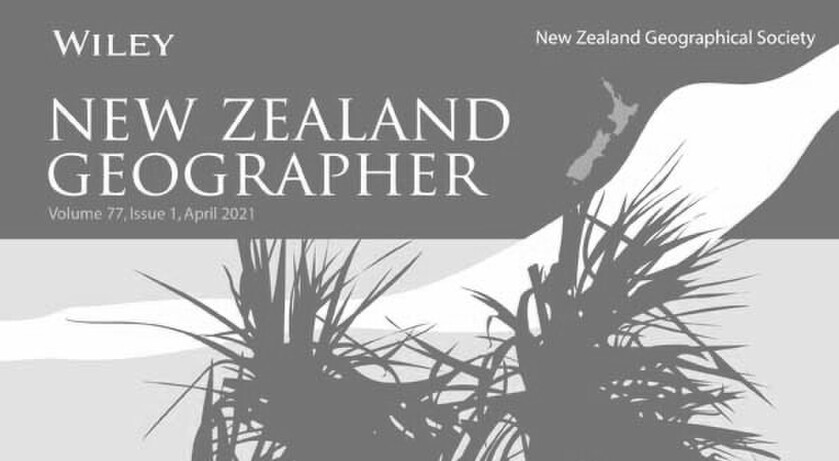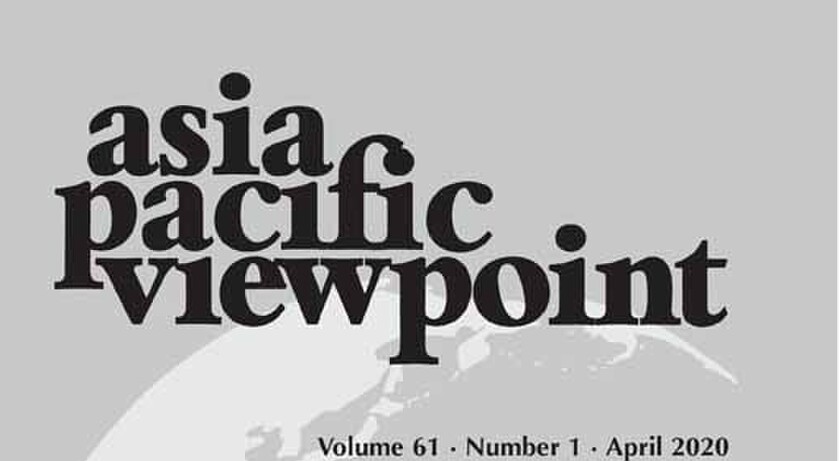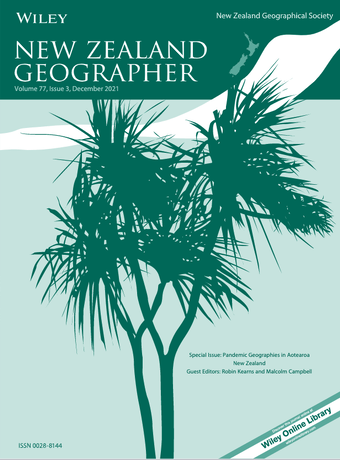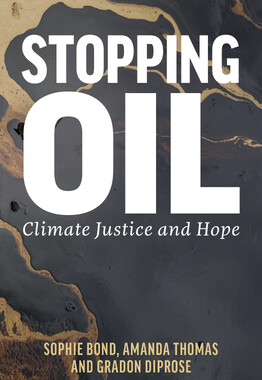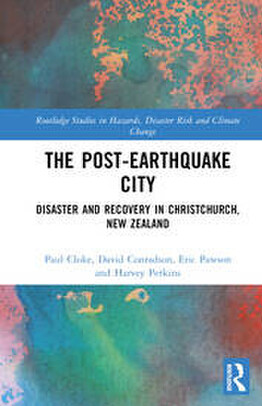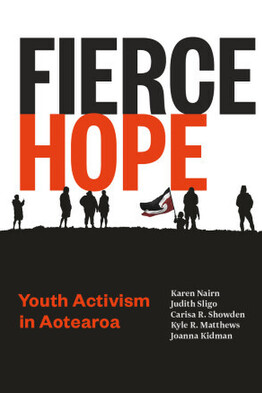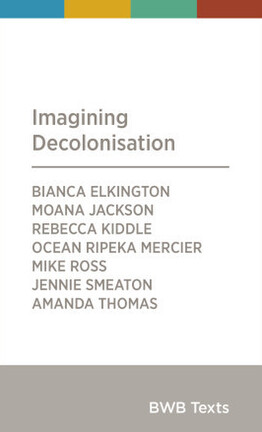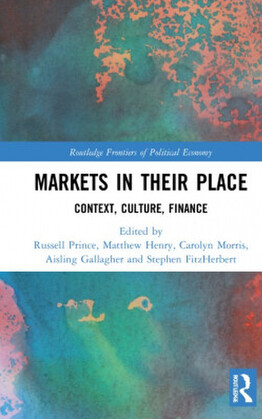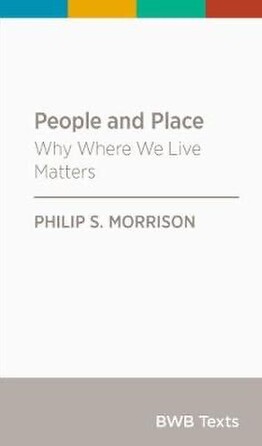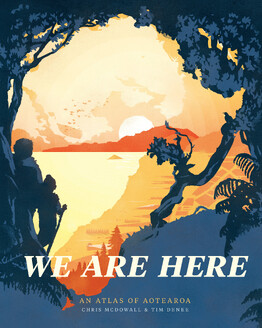PUBLICATIONS
New Zealand Geographer
For over 70 years the New Zealand Geographer has been the internationally-recognised and globally-cited journal of the New Zealand Geographical Society, published since 2005 by Wiley-Blackwell and listed by the International Scientific Institute (ISI). It publishes high-quality academic research papers on environmental, human and physical geographies; commentaries and debates on topical issues; and, discussions of educational questions and scholarship. This work is centred on the Aotearoa New Zealand experience, and the resultant scholarship has implications for geography and geographers both within and beyond the country’s shores.
The latest issues of New Zealand Geographer
Asia Pacific Viewpoint
Asia Pacific Viewpoint publishes academic research within the social sciences, arts and humanities on the Asia Pacific. Promoting critical and creative approaches to area studies, Asia Pacific Viewpoint is interested in analyses that help to grasp the complex configurations of power that characterise this region across its various centres and peripheries. In this journal, the geographical reach of the Asia Pacific is not defined by specific geopolitical boundaries, but is shaped by the social, cultural, economic and political activities of its peoples, hence it is flexible, fluid, multiple, subjective and subjected to change.
International Geographical Union Bulletin and Annual Reports
The Bulletin and Annual Reports available below are produced by the International Geographical Union. The bulletin documents the activities of the organisation annually and contains summaries of Commissions and Task Force activities, reports on the regional conferences, and documents the outcomes of General Assembly deliberations.
Annual reports summarise the main points from IGU Executive Committee meetings, the General Assembly, conferences and congresses, cooperative activities with other organisations, upcoming events, communication and outreach, and the financial status of the union.
Stopping Oil: Climate Justice and Hope
Sophie Bond, Amanda Thomas and Gradon Diprose
Lessons learned from the powerful climate justice campaign in Aotearoa New Zealand.
Stopping Oil dives into the story of how deep-sea oil exploration became politicised in Aotearoa New Zealand, how community groups mobilised against it and the backlash that followed. It is also a story of activists exercising an ethic of care and responsibility, and how that solidarity was masked and silenced by the neoliberal state.
The Post-Earthquake City: Disaster and Recovery in Christchurch, New Zealand
Paul Cloke, David Conradson, Eric Pawson and Harvey Perkins
This book critically assesses Christchurch, New Zealand as an evolving post-earthquake city. It examines the impact of the 2010–13 Canterbury earthquake sequence, employing a chronological structure to consider ‘damage and displacement’, ‘recovery and renewal’ and ‘the city in transition’.
Fierce Hope: Youth Activism in Aotearoa
Karen Nairn, Judith Sligo, Carisa R. Showden, Kyle R. Matthews and Joanna Kidman
Youth activism has been a defining feature of Aotearoa’s recent political landscape. Amidst these unsettling political times haunted by climate change, colonisation, ongoing inequality and the upheaval of the pandemic, the political actions of young New Zealanders are a source of inspiration, challenge and renewal.
Fierce Hope opens the doors on six influential activist groups: ActionStation, Generation Zero (Auckland), InsideOUT Kōaro, JustSpeak, Protect Ihumātao, and Thursdays in Black (University of Auckland). Activists from these groups explain vividly what future they want for our country, and how we can get there.
Imagining Decolonisation
Bianca Elkington, Moana Jackson, Rebecca Kiddle, Ocean Ripeka Mercier, Mike Ross, Jennie Smeaton and Amanda Thomas
Recipient of Te Rangaunua Hiranga Māori Award 2021 – Royal Society Te Apārangi Booksellers' Choice Award and Aotearoa Book Industry Awards, Joint Winner 2021
Decolonisation is a term that alarms some, and gives hope to others. It is an uncomfortable and often bewildering concept for many New Zealanders.This book seeks to demystify decolonisation using illuminating, real-life examples. By exploring the impact of colonisation on Māori and non-Māori alike, Imagining Decolonisation presents a transformative vision of a country that is fairer for all.
Markets in their Place: Context, Culture, Finance
Russell Prince, Matthew Henry, Carolyn Morris, Aisling Gallagher, Stephen FitzHerbert
This collection of essays approaches markets from the ground up, and from a part of the world often still regarded as peripheral to global capitalism: the South Pacific. With a wide variety of case studies, including on indigenous economies, childcare, agriculture, wine, electricity metering, finance, education, and housing, the authors show how complex local, social and cultural politics matter to how markets are made within and between places, and the insights that can be gleaned from studying markets in this part of the world. They explore the way superficially similar markets work out differently in different places, and why, as well as examining how market relations are constructed in places outside and on the edges of the centres of Western capitalism, and what this says back to how markets are understood in those centres.
People and Place: Why where we live matters
Where we live impacts our wellbeing – and so is a crucial element in public policy. The relationship between subjective wellbeing and place is not well understood, but it is vitally important. This book provides an analysis of the research thus far and points to ways in which we can improve everyone’s wellbeing through an awareness of the influence of geography.
We are Here: An Atlas of Aotearoa
This book’s sets of maps and graphics help New Zealanders make sense of their country, to grasp the scale, diversity and intricacies of Aotearoa, and to experience feelings of connection to land, to place, to this time in our history, and to one another.
By making data visible, each graphic reveals insights about Aotearoa. They answer a range of questions: Who visits us? How equal are we? How were these lands formed? Where do we live and work? How do we hurt ourselves? Where do our cats go to at night? This compelling mixture of charts, graphs, diagrams, maps and illustrations is functional, beautiful, insightful and enlightening.
